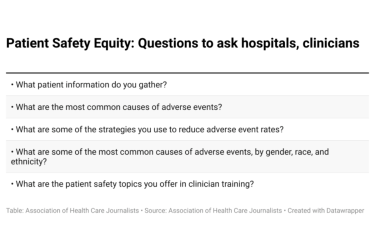Lieberman recently returned from a monthlong visit to Canada as a Fulbright Senior Specialist. She lectured on the American health care system and learned much about how Canadians get their medical care. She interviewed hospital executives, physicians, academic experts, former health ministers, reporters covering health care, and ordinary citizens. Lieberman also toured hospitals and long-term care facilities. This is the second of four posts reporting on that visit. Previously, Lieberman explained misconceptions that Canadians have about the U.S. health care system and the differences in the two systems.
 Both countries are historically and practically steeped in fee-for-service medicine, and much of the power to control prices rests in the hands of the medical establishment. While provincial governments have periodic negotiations with medical and hospital groups, and there are global budgets for hospitals that try to constrain costs, the system is relatively expensive.
Both countries are historically and practically steeped in fee-for-service medicine, and much of the power to control prices rests in the hands of the medical establishment. While provincial governments have periodic negotiations with medical and hospital groups, and there are global budgets for hospitals that try to constrain costs, the system is relatively expensive.
In 2011, the U.S. won the dubious honor of having the most expensive system in the world, spending about $8,500 per capita. Canada spent about $4,500, making it the third most expensive country among a group of OECD-developed nations.
Still, that number needs perspective. In 1970, a few years before Canada implemented its national health insurance system, both countries were spending about 7 percent of the GDP on health care. Thirty-nine years later the U.S. was spending 50 percent more of its national income on health care, leaving its patients with the highest out-of-pocket expenses in the world. When I explained the high out-of-pocket expenses to Canadians, that notion simply did not compute. There is some talk about imposing copays for some services as a way to help both the federal and provincial governments save money. But the idea of making people pay 50 percent of a bill or a family paying $13,000 out of pocket before insurance benefits kick in is wildly unpopular.
As in the U.S., there’s much soul searching about whether the country is getting as much bang for the bucks it spends. Does the quality of care match the country’s outlay? A number of studies, including the latest international comparison from The Commonwealth Fund, show that Canada and the U.S both fall down on several dimensions of care. Both Canadians and Americans were more likely to report long waits for primary care and high use of emergency rooms compared to other countries such as Germany, France and the United Kingdom. I asked Jeffrey Turnbull, M.D., F.R.C.P.C., chief of staff at Ottawa General Hospital, about criticisms of the quality of Canadian health care. He said that, when it comes to treating heart attacks, stroke, heart failure and pneumonia “we do relatively well.” But when you look at the broader indices that measure the inequities, the picture is very different. “Our vulnerable populations have rates like the developing world.” We can say the same for groups in the U.S.
Our two countries also share the increasing burden of providing care for their aging populations. Indeed, lack of community support is one reason why waiting lists develop at Canadian hospitals. Seniors who are admitted to acute care hospitals sometimes stay much longer than what’s medically necessary because they have no place to go. The public, though, seems to be paying attention. Last summer the Canadian Medical Association polled residents to measure their priorities for long-term care. Ninety-three percent said the government should develop a comprehensive seniors’ strategy. The outgoing president of the CMA said the poll results sent a strong message the public wants action. In a system that’s accountable to the taxpayers who fund it, it’s easier for the federal and provincial governments to listen. Contrast that with the U.S. where long-term care is barely discussed, and the CLASS Act provision in the Affordable Care Act, a fledgling program to pay for long-term care was repealed.
Health care systems are not static, as Nicholas Timmins, the former health policy editor of The Financial Times, told a group of health care journalists at an Athens meeting a year ago. But neither do they change the fundamentals much. “Countries rarely change the way they do things,” Timmins told the group. Canadians may fix their system; we may fix ours, but neither country is rushing to embrace the other’s. Timmins added, “What systems do face is the desire to find a way to constrain costs.”









